St. Louis’ Last Streetcar Line Ended 50 Years Ago Tomorrow
The last streetcar in St. Louis made its final run fifty years ago tomorrow.
Mr. and Mrs. Leslie Heinz stepped aboard clad in the same tuxedo and beaded dress they had worn to a New Year’s Eve party 36 years before. Railroad enthusiasts took pictures at every stop. A young man brought a case of beer.
Such was the clientele on Car No. 1628 on May 21, 1966, the last day of streetcar service in St. Louis. It ended an unbroken run of 107 years of public transportation on rails, sundered by family sedans and cul-de-sacs.
In the 1920s, about 1,650 streetcars rumbled along 485 miles of tracks in and near the city. Other lines ran to Florissant, Creve Coeur, Alton and Belleville. They ran across the Eads and McKinley bridges and down most every major street. Whole neighborhoods were built to be near them, and large apartment buildings sprouted at junctions and loops (turnarounds).
Then came buses and, fatally, automobiles. St. Louis Public Service Co., forerunner of the Bi-State Transit Authority (now Metro), bought a last fleet of streamlined streetcars shortly after World War II. But ridership continued to plunge while complaints rose from motorists about streetcars. Only three lines were left in April 1964, when the new Bi-State agency winnowed the system to the Hodiamont line, which ran from downtown to the Wellston Loop. Along the way through north St. Louis, the Hodiamont had its own right-of-way, like a railroad. (Post-Dispatch — with great images)
The Hodiamont line ran in exclusive right-of-way between Vandeventer to near the Western city limits, otherwise it ran on rail imbedded in the streets.
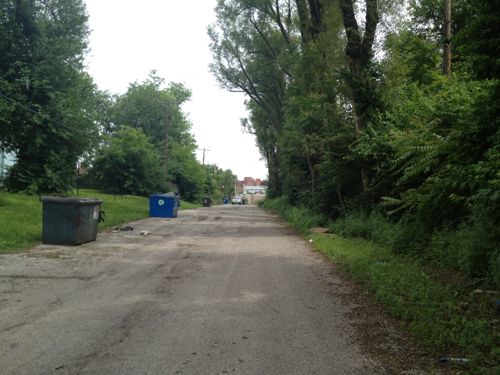
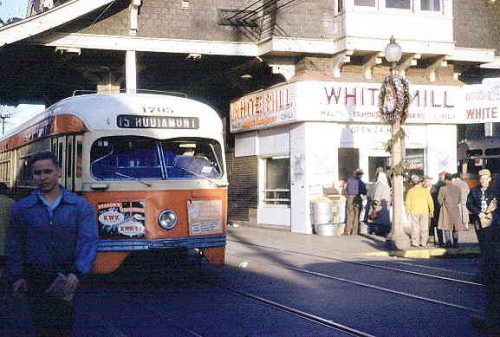
Other cities ended their streetcar lines prior to St. Louis. For example, Kansas City replaced their last streetcar lime(s) with buses in 1957 (Source). Two week ago today a new modern streetcar line opened in Kansas City — an absence of 59 years. We’ll be in Kansas City for Memorial weekend to ride their new line.
Many incorrectly think streetcars are just about nostalgia. Not true.
Streetcars bring people right to their destination, in a way out light rail in old freight right-of-way can’t. A half century ago the bus was quieter & smoother to the dated streetcar. Today, however, the modern 100% low-floor streetcar is the quieter & smoother choice. Streets with streetcars, trams across the pond, look & function differently. For me it is about how well the public right-of-way functions for all users.
— Steve Patterson
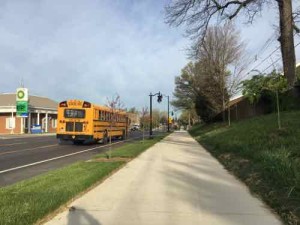
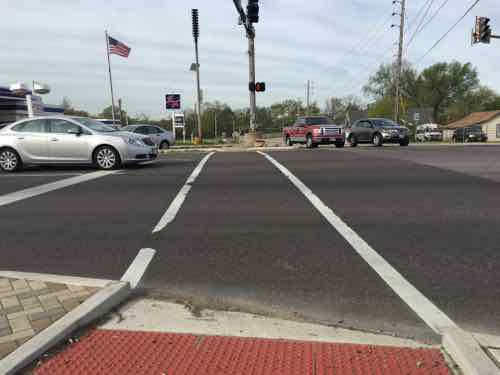
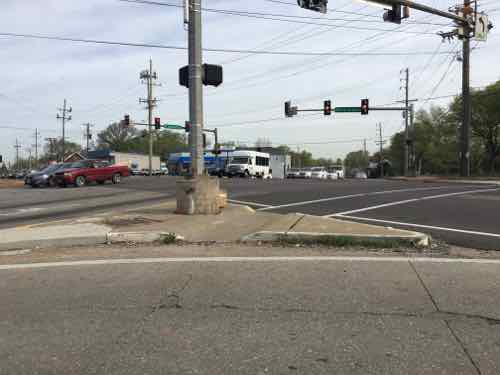
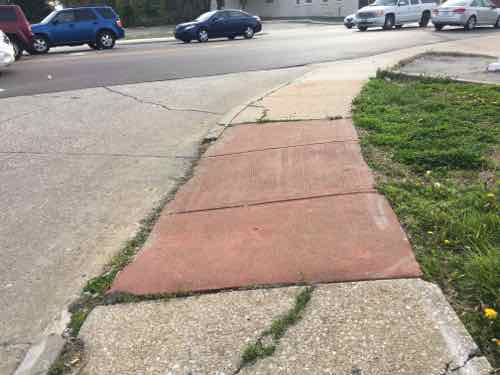
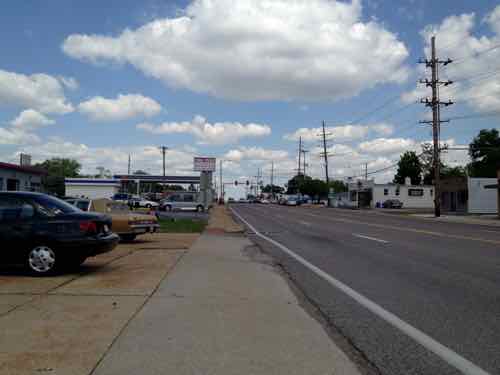
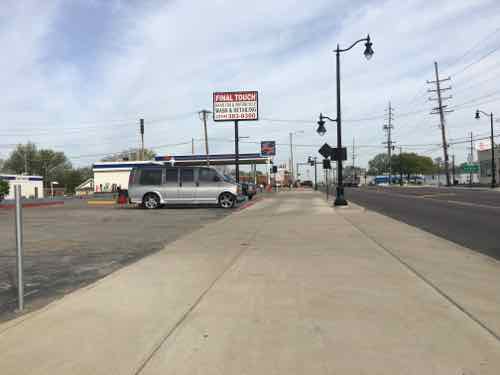
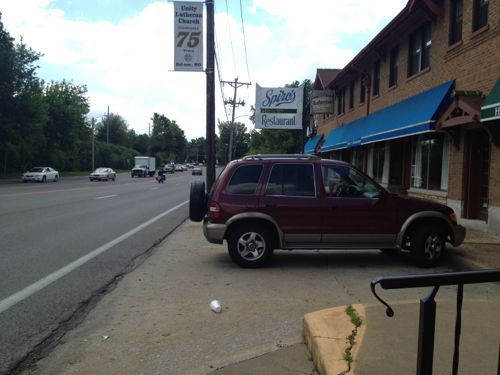
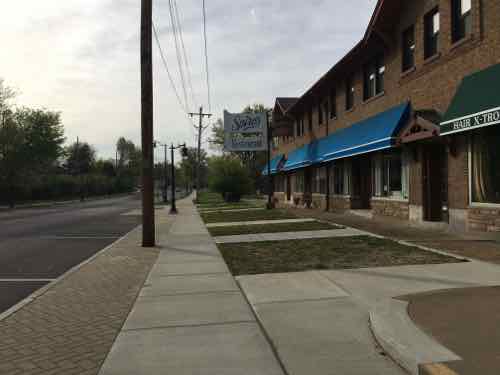
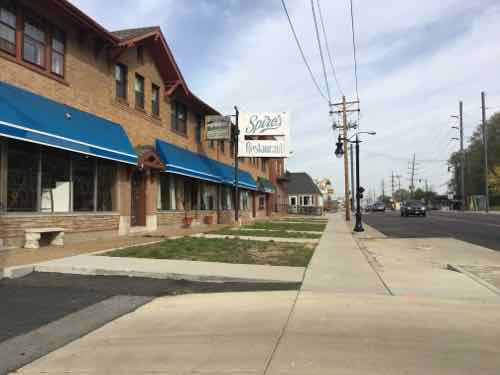
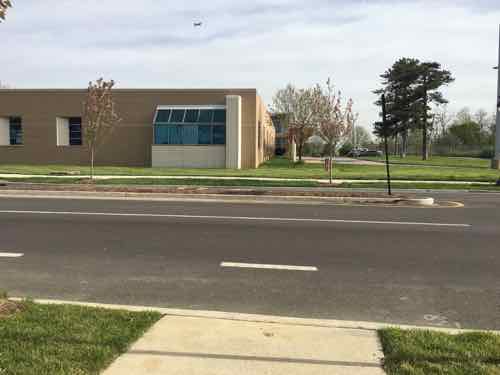
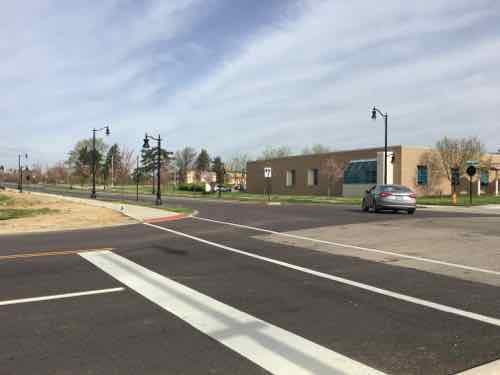
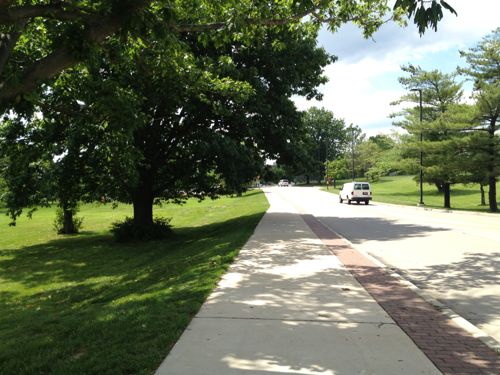
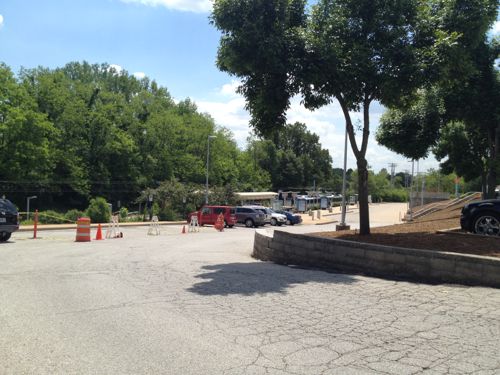
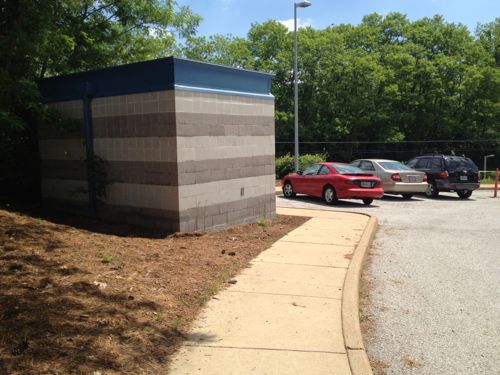
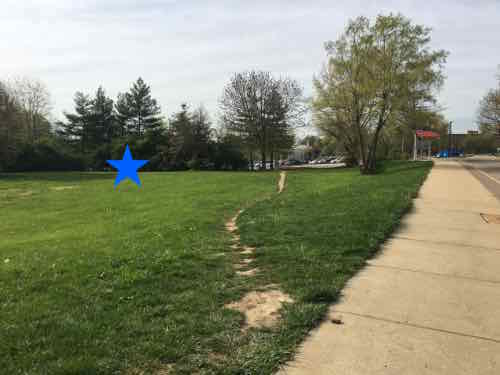
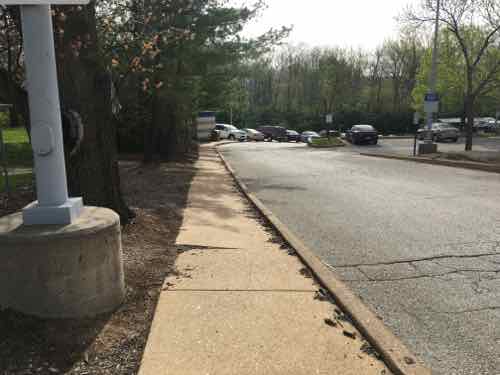
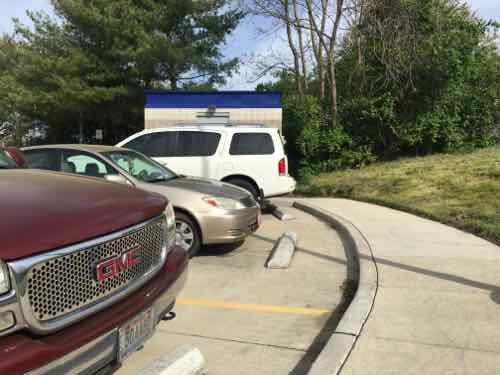
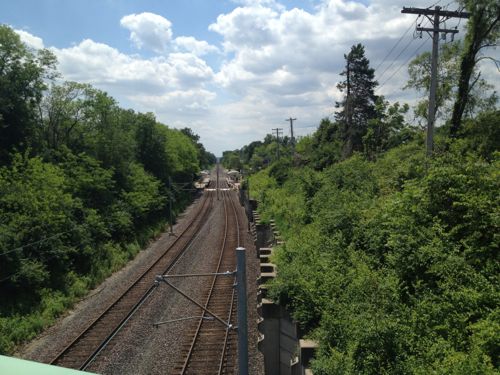
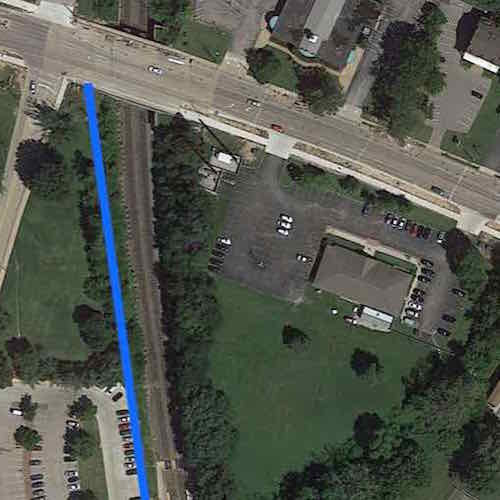
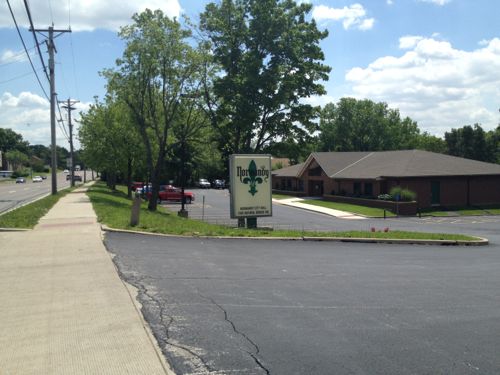
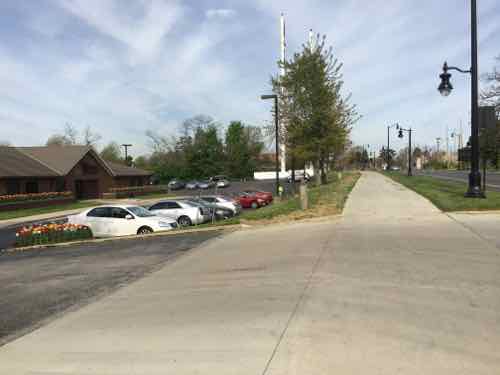
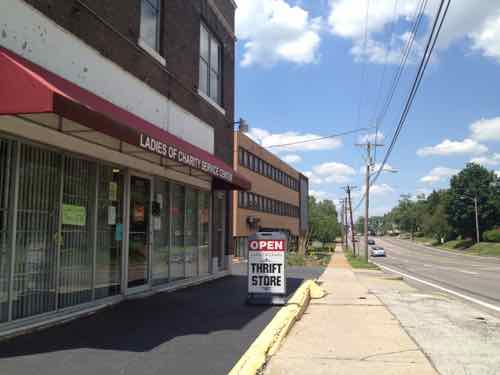
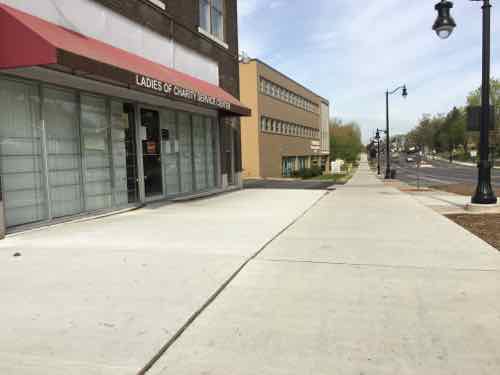
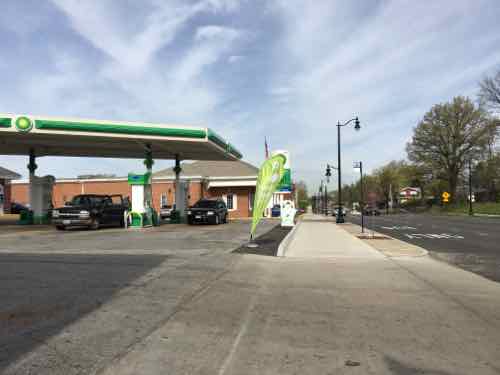
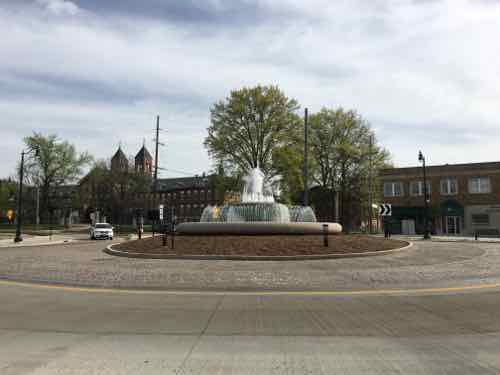
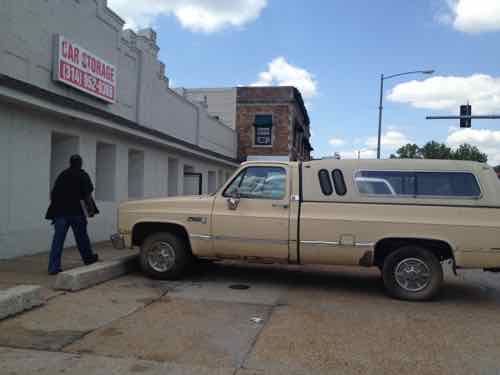
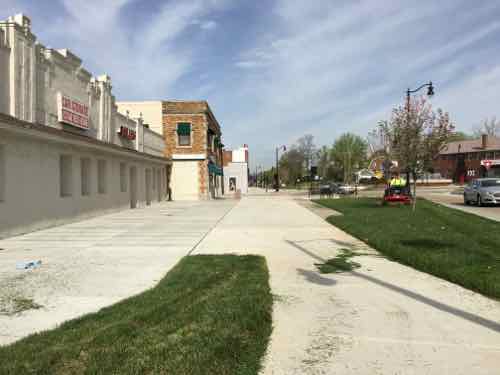
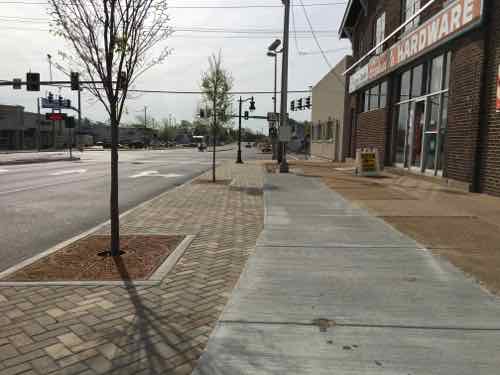
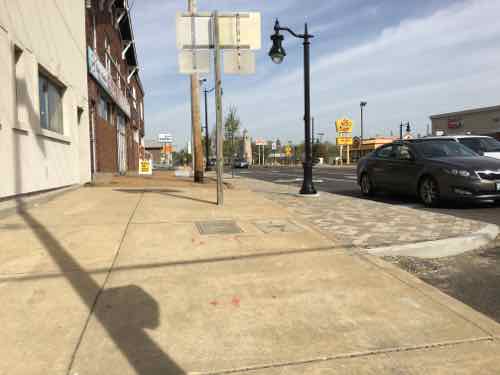
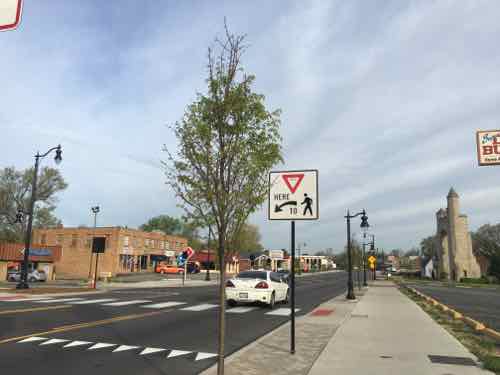
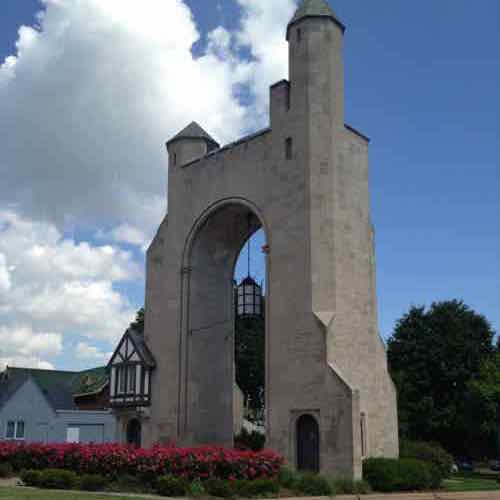
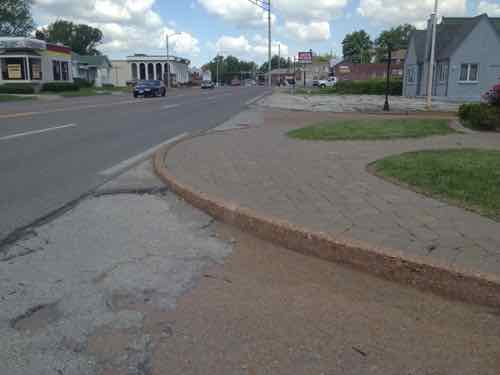
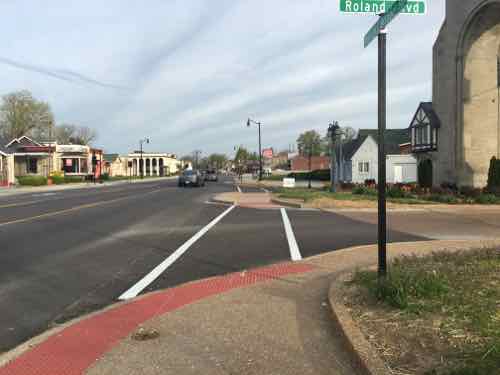
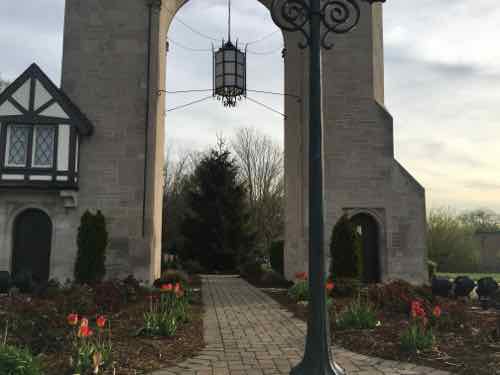
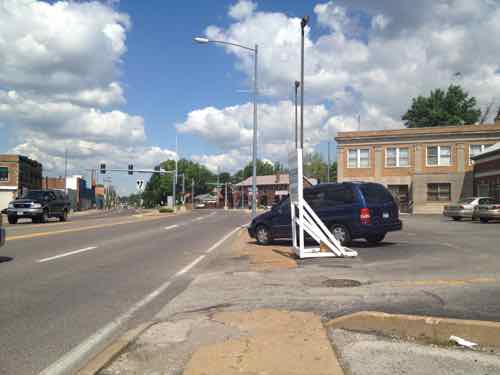
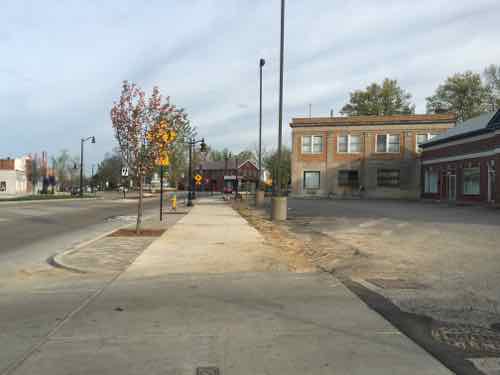
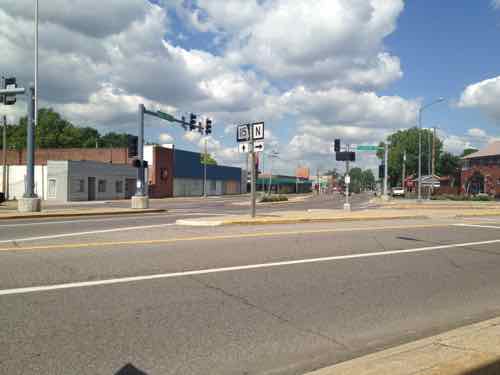
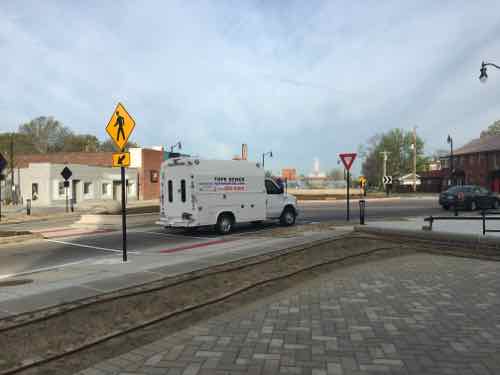
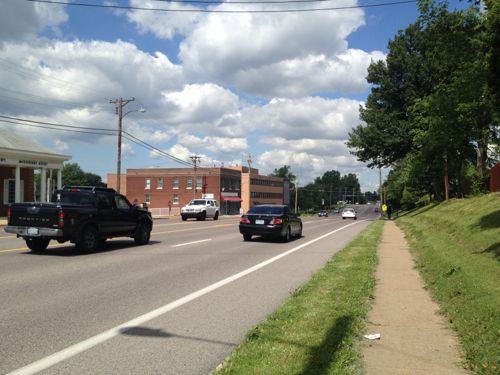
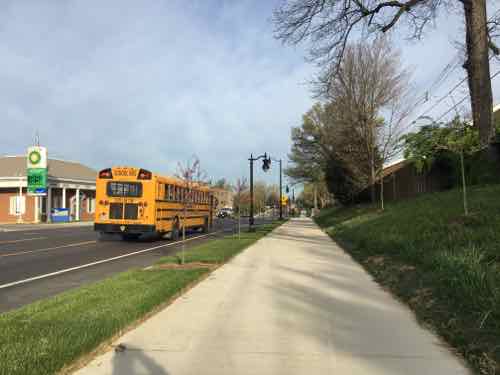
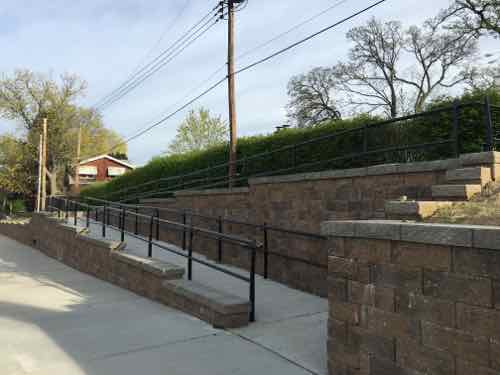
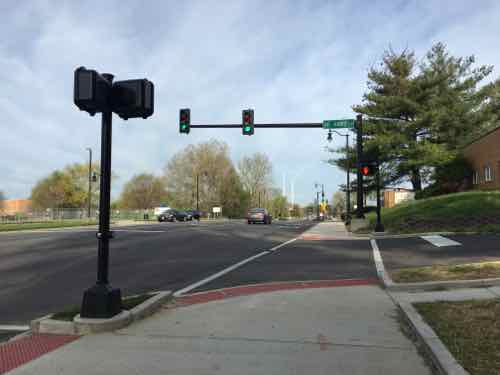
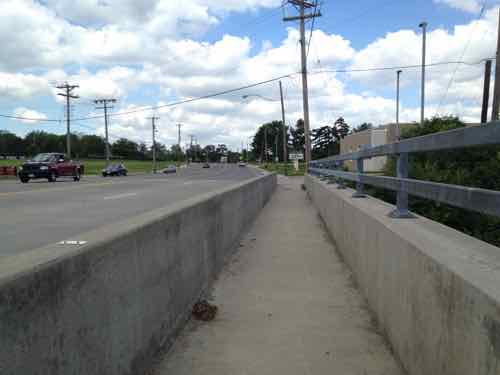
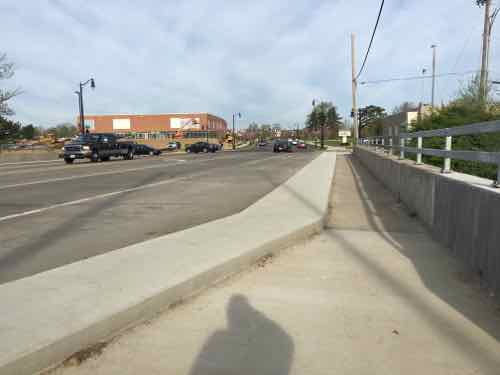
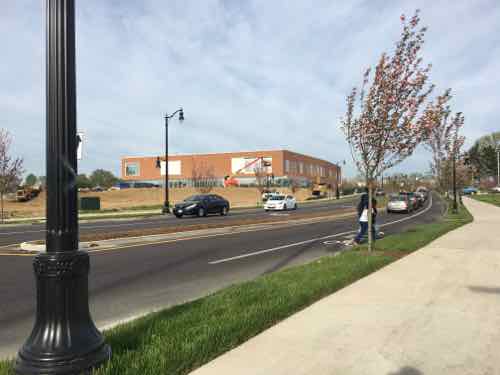
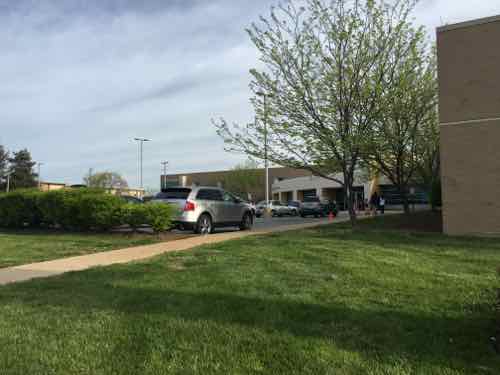
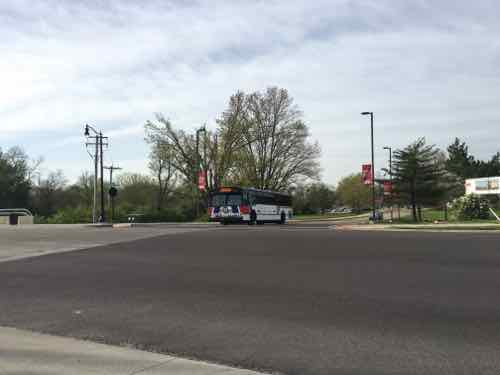
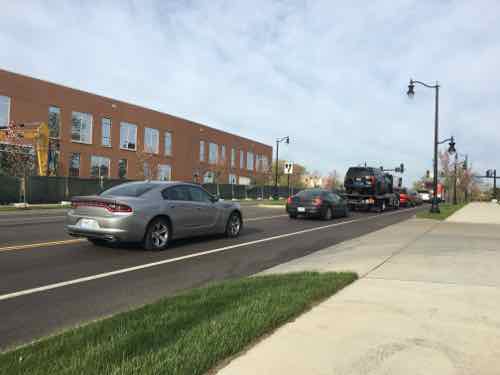
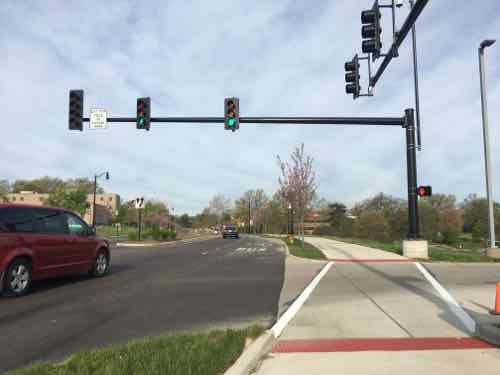
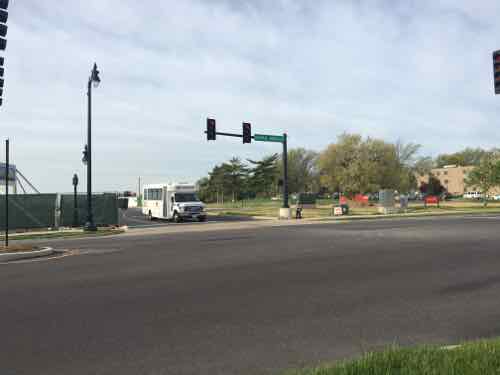
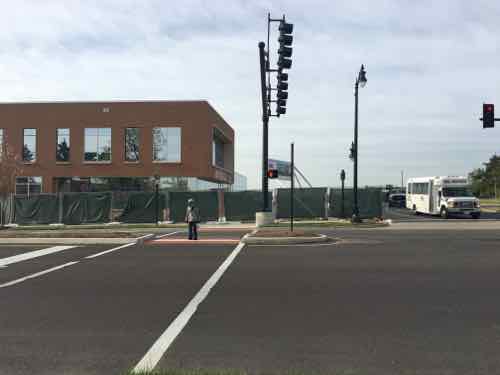
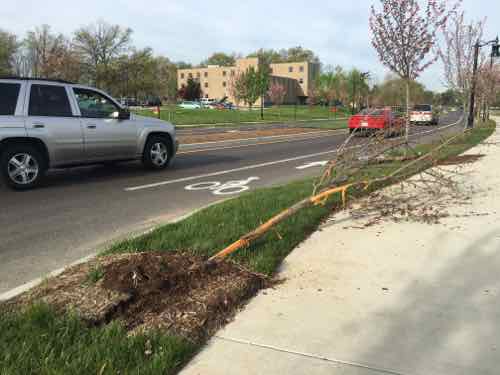
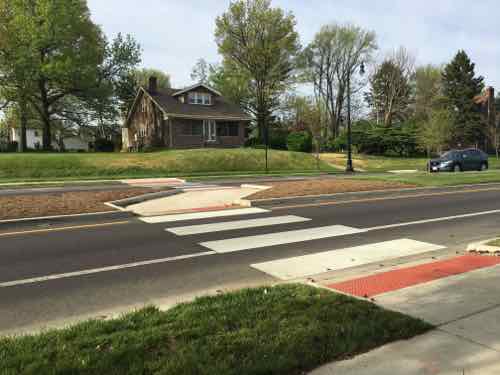
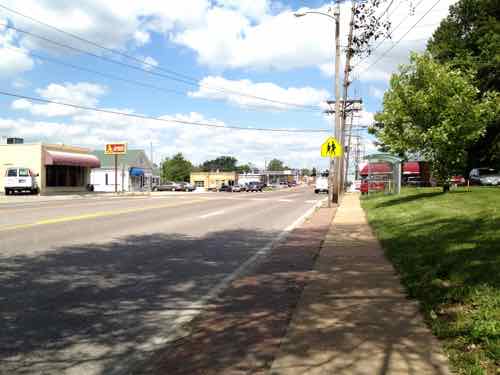
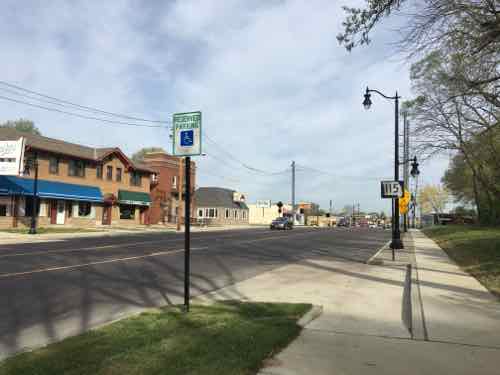
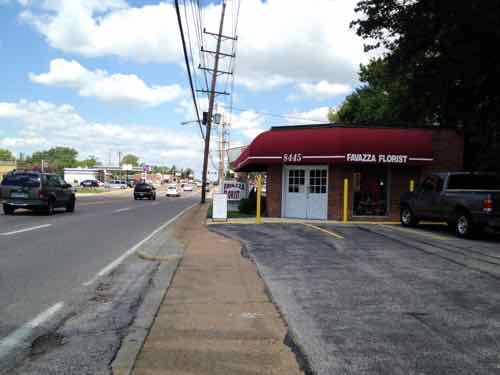
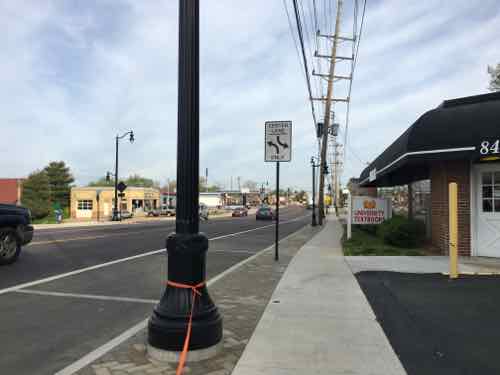
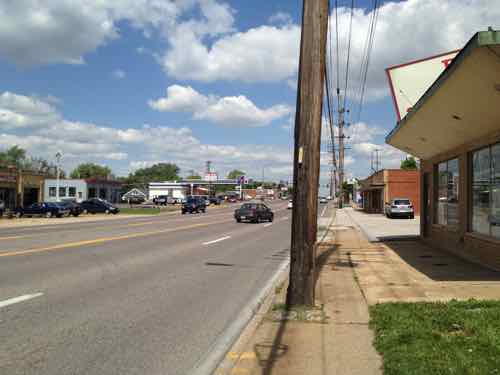
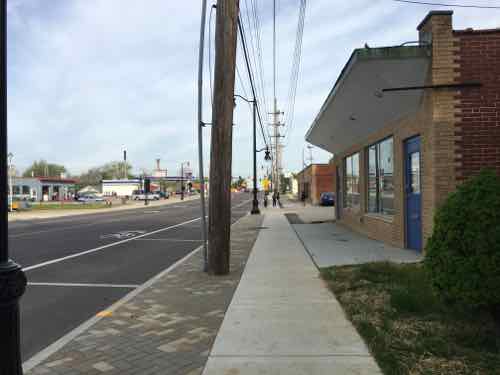
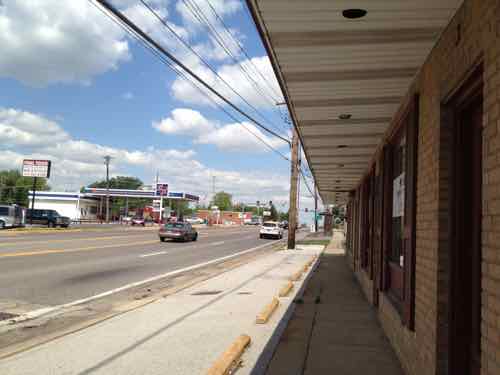
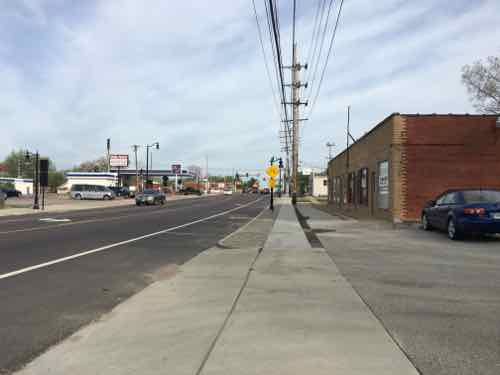
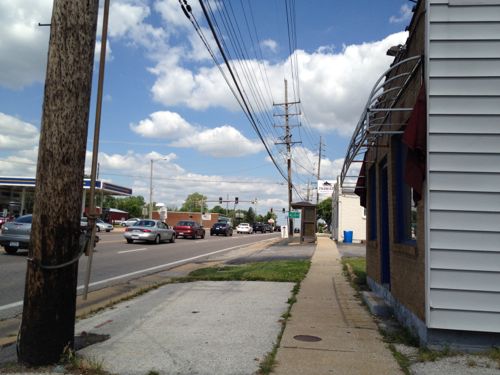
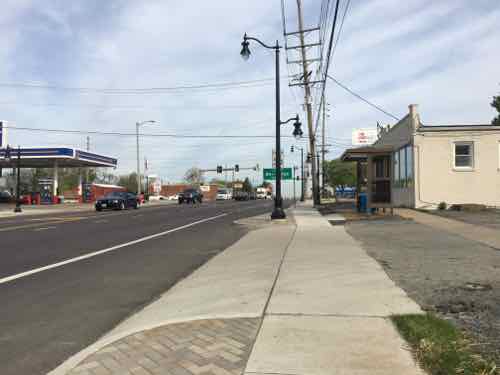
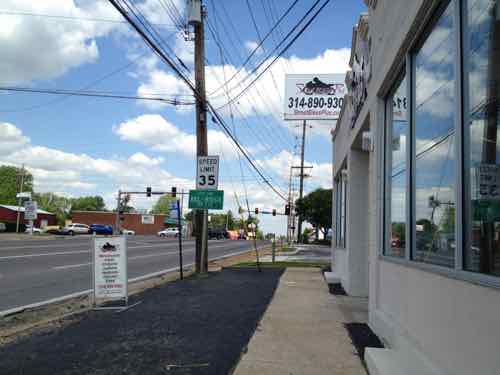
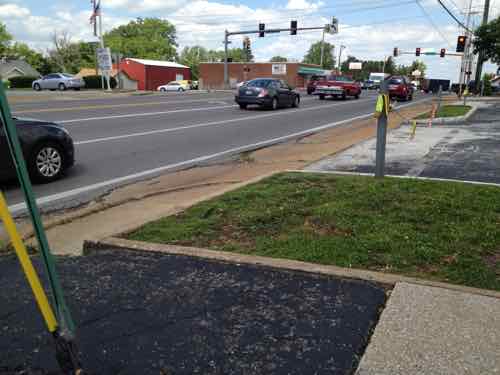
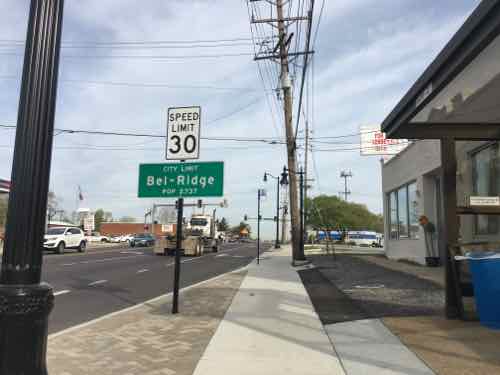
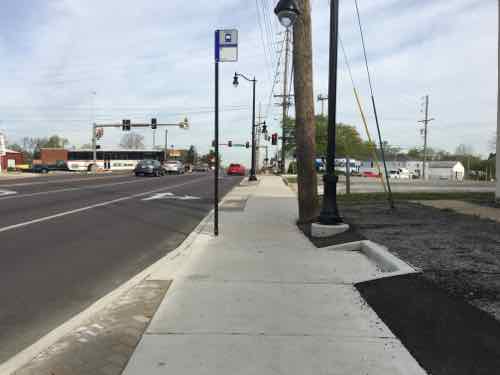
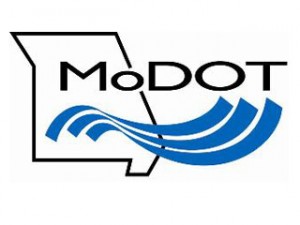 I’ve been driving for thirty-three plus years now, considering myself a good driver most of that time. That said, I’ve recently learned the way most of us merge at lane closures contributes to backups. Minnesota has taken the lead to push The Zipper Merge:
I’ve been driving for thirty-three plus years now, considering myself a good driver most of that time. That said, I’ve recently learned the way most of us merge at lane closures contributes to backups. Minnesota has taken the lead to push The Zipper Merge: